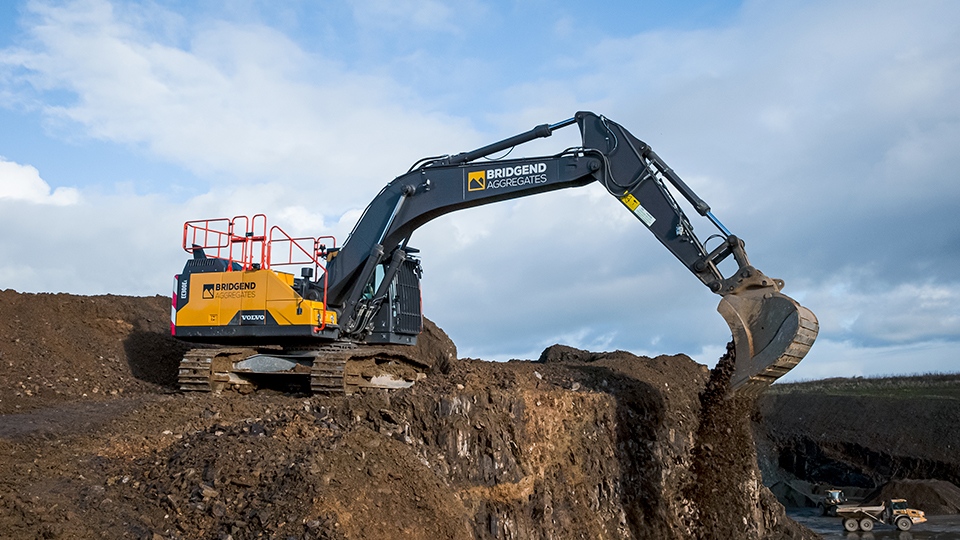
The equipment manufacturer says that productivity, fuel efficiency and service life all depend on having the right fit, and it has therefore issued a guide to choosing the suitable bucket for differing applications.
Excavator specifications: Bucket size is limited first and foremost by the specifications of the excavator. You would never use the same bucket on a 14-tonne excavator as you would put on a 22 tonne machine, for example. The excavator’s size, configuration, desired reach and other specifications will all narrow down the search. The Volvo Attachment Selector app (Google Play / App Store) lists all the bucket sizes that will work for each excavator model.
Material density: A bigger bucket does not always equal greater productivity. Where excavated material is particularly dense it can weigh big buckets down, slowing the cycle time. Volvo CE always recommends using a smaller bucket for picking up dense materials, such as blasted rock or hard-packed clay, than for moving softer materials like topsoil or sand.
Hauler/truck capacity: The excavator’s bucket size and productivity should be ideally matched to the capacity of its partner hauler or truck in order to load it as quickly as possible in the fewest number of passes. With the correct bucket, operators will get more done in less time, lower fuel consumption and reduce wear on the machines.
General purpose buckets: General purpose or digging buckets are the most common excavator bucket type on general construction and excavation sites. They are designed with teeth for efficient excavating and higher digging forces, making them suitable for digging jobs in a wide range of ground conditions. Handling topsoil, loose clay and sand, as well as gravel and loose stones, is a breeze for general purpose buckets.
Heavy duty buckets: These are typically used in applications like rock quarries for loading. Made from high-strength abrasion resistant steel, they are an all-round heavier and tougher build than general purpose buckets. They provide productive digging in compact materials like blasted rock, hard-packed clay and stone. Heavy-duty buckets can also handle gravel, ripped basalt, shot granite, high-silica sand, sharp rock and other dense materials.
Grading buckets: Grading or ditching buckets are often used for road construction, landscaping and utility work. They are wider than other buckets with a flat cutting edge that makes them ideal for filling soft material digging and moving material around.
Each bucket can also be customised with various types to teeth, side cutters and additional wear protection for optimal performance. Volvo dealers will guide customers through the selection process to ensure the ultimate uptime and productivity for their job.














